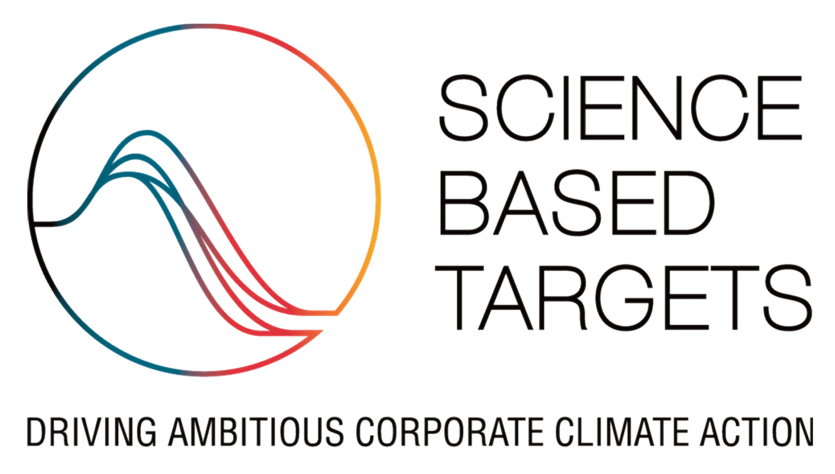Carbon credits are measurable, verifiable emission reductions from certified climate action projects, such as wind energy, biomass, or forest conservation. these projects reduce, remove or avoid greenhouse gas (gHg) emissions. An organisation can purchase a carbon credit, which allows them to emit a certain amount of carbon dioxide or other greenhouse gases. one credit permits the emission of a mass equal to one tonne of carbon dioxide.















